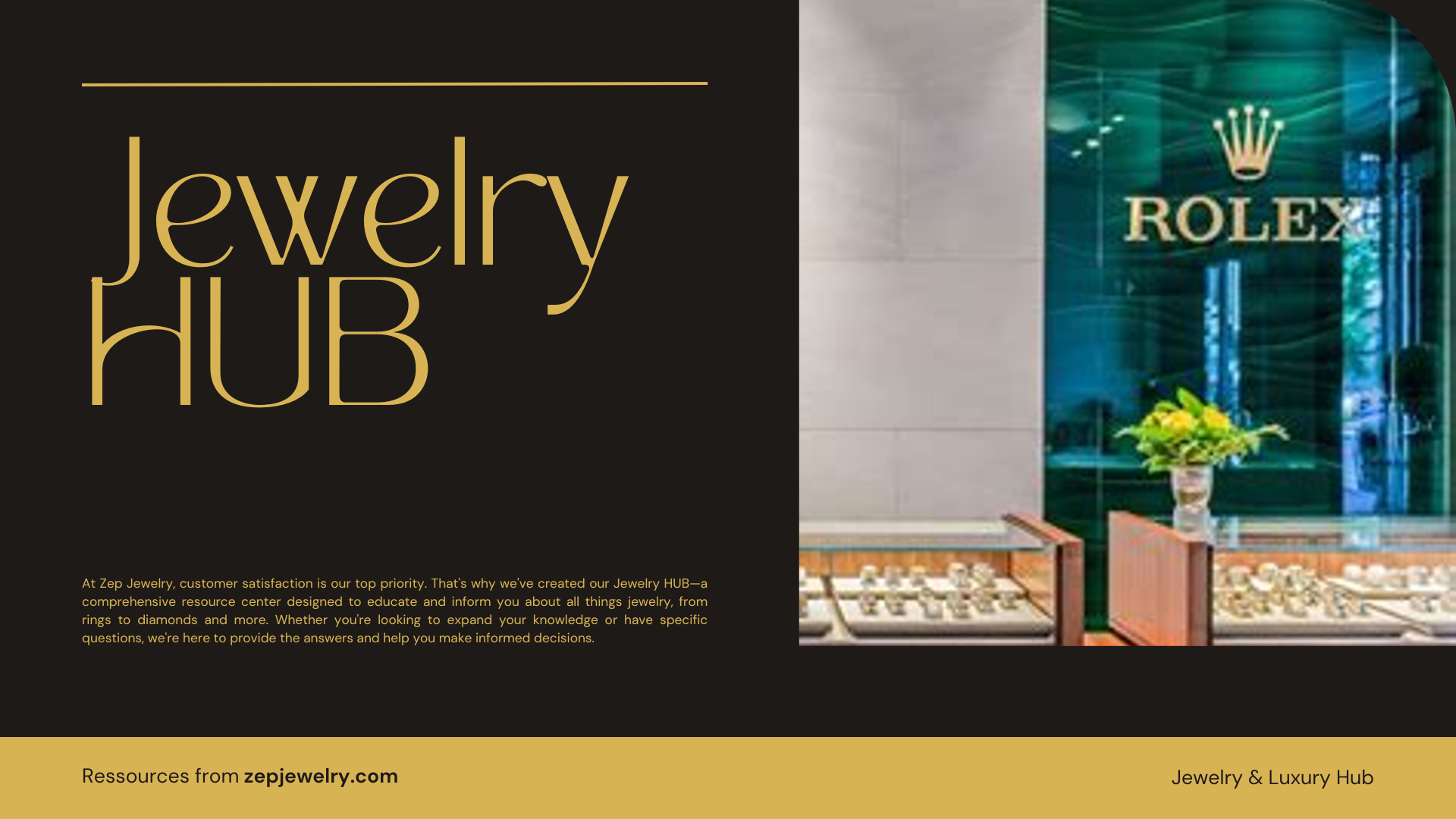Have you ever found yourself staring at a forgotten piece of jewelry, wondering if it could be transformed into something new and exciting? You’re not alone. Many folks are rediscovering the value hidden in their jewelry boxes by trading in old pieces at stores. In the whirlwind world of sparkling diamonds and elegant gold, jewelry trade-ins can be an enticing prospect, offering both convenience and a way to refresh your collection. This article dives into how this process works, revealing not just the how, but the potential benefits of engaging with your jewelry store in ways that can be as rewarding as the pieces you’re eyeing to acquire.
Do jewelry stores accept trade-ins for existing jewelry, and what does the process entail?
Yes, numerous jewelry stores do indeed accept trade-ins for existing jewelry, especially for diamond pieces, which can make the process both convenient and financially beneficial if you’re looking to upgrade or change your jewelry collection.
When you decide to trade in an item, you generally exchange it for credit towards a new purchase. This process not only allows you to part with pieces that may no longer resonate with your style but also provides an opportunity to invest in newer, more desirable items. For instance, retailers like Zales and KAY Jewelers have structured trade-in policies that require the new purchase to be at least double the trade-in value. This means if you trade in a piece valued at $500, you would need to purchase something worth at least $1,000. While this might initially seem like a steep requirement, it serves to ensure that the store can maintain its margins while still offering an option for customers to upgrade or switch their jewelry.
It’s essential to understand that not all types of jewelry qualify for trade-ins. Retailers typically focus on diamond pieces. Therefore, items like gemstones, gold, silver, and other metals may not fetch any trade-in value. Additionally, any diamonds that are chipped, cracked, or otherwise damaged would likely not be eligible for credit. If the ring or piece you wish to trade was purchased at the store, this facilitates a smoother process, as most stores have specific policies governing their trade-in programs.
To execute a trade-in, you’ll be guided through several steps, such as assessing the current market value based on size, quality, and overall condition of your existing jewelry. You may want to bring any certifications or reports related to your diamonds, as these can enhance the credibility and potentially the trade-in value. After your jewelry is evaluated, you’ll receive a trade-in offer, and if you agree, the value will be applied towards your new jewelry purchase. Bear in mind, however, that some stores place restrictions on when down payments or associated sales can occur, so it may take some additional planning on your part.
In summary, if you are contemplating a jewelry trade-in, it pays to do some homework in advance. Researching a variety of stores, understanding their specific trade-in policies, and preparing your items for evaluation can dramatically improve your experience and outcome. This way, you’ll ensure that you are making the most informed decision possible regarding your cherished pieces.
How much can I expect to receive for my traded-in jewelry?
The trade-in value you receive for your jewelry will rarely match what you paid for it originally. Factors influencing the value include the item’s current market demand, its condition, and the retailer’s specific policies. Generally, retail jewelers may offer around 50% to 70% of what they might later sell the item for, reflecting the depreciation common in luxury goods.
Are there any specific conditions that affect trade-in eligibility?
Yes, many jewelry retailers have strict conditions regarding trade-ins. For instance, items must usually be in good condition, with no significant damage such as chipped or cracked diamonds. Additionally, retailers like KAY do not accept gemstones, gold, silver, or other metals for trade-in. Furthermore, the original purchase must have been made at the same store to be eligible for a trade-in.
What should I consider before trading in my jewelry?
Before deciding to trade in your jewelry, it’s crucial to evaluate its sentimental and actual value. Consider whether you’ll receive a fair price for it compared to selling it independently. It’s also wise to research the retailer’s trade-in policies, as they can vary significantly. Understanding the specifications of your jewelry, such as carat weight and quality, can also help inform your decision.
Can I trade in jewelry purchased from one store at another?
Most retailers require that the original purchase be made at their store to qualify for a trade-in. Therefore, you cannot generally take a ring from Store A and trade it in at Store B. If you are considering trading in your piece, you’ll need to revisit the same retailer where you purchased the jewelry unless you’re exploring a resale option.
What alternatives to jewelry trade-ins should I consider?
Aside from trade-ins, selling jewelry outright through local pawn shops, jewelers, or online marketplaces like eBay can yield better returns. These alternative routes may allow you to bypass the restrictions on trading in and provide cash immediately—though they require caution to ensure you receive a fair price. Additionally, some individuals explore consignment as a means of selling their pieces without trade-in limitations.
Is there a risk involved in trading in jewelry?
Yes, trading in jewelry carries inherent risks, primarily related to value loss and restrictions. The trade-in value may be significantly lower than expected, and you might be compelled to make a larger new purchase than you had anticipated. Furthermore, there’s a risk of impulsive buying based on the trade-in offer, leading to an unsatisfactory long-term investment. It’s essential to weigh your options thoroughly before proceeding with a trade-in.
